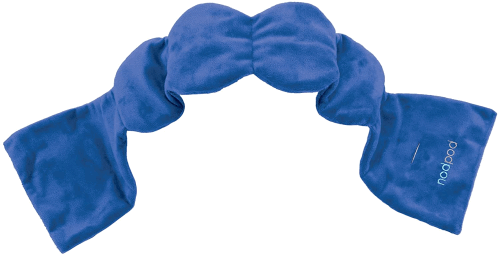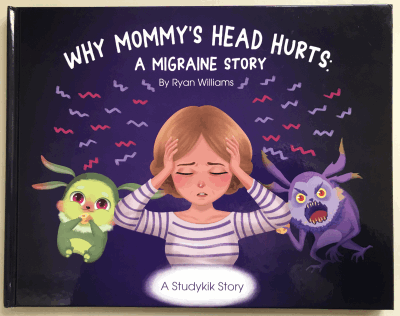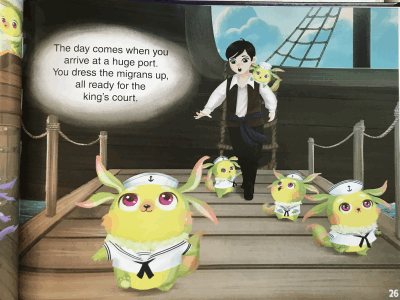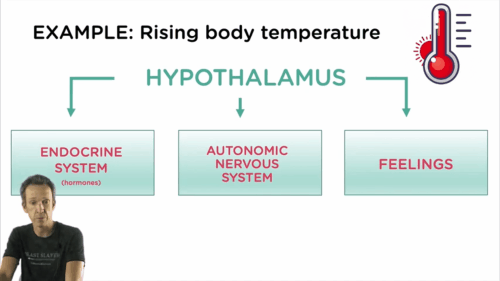A Weighted Sleep Mask?
Long time readers may know that I’ve been a big fan of sleep masks / eye pillows.

Why? They help block out the light, and some can even have a cooling effect. They can be either without a scent, or have a light organic migraine-fighting scent (everyone is different – yes, for some people a light scent is helpful. Others want nothing.).
Most of us have heard about weighted blankets, which use the concept of “deep touch pressure” or “deep pressure stimulation”. This is described as the type of stimulation you receive from a hug (of course, a hug is MUCH more!), which can have a therapeutic effect – improving sleep, reducing anxiety, and so on.
So, in the USA, Melissa Bamberg came up with a “weighted blanket” for the eyes, now called the nodpod. This is an unscented product. Here are some of its features:
- It has a “warm side” and a “cool side”. One side is cozy fleece, the other side breathable flexible cotton (called jersey fabric).
- Yes, you can throw a nodpod in the freezer to give it a stronger, longer-lasting cooling effect, perfect for migraine patients.
- It is weighted. This is not a heavy weight, so it won’t get overly hot. But it is enough to provide that gentle weighted pressure.
- No velcro – so none of that noise. It can be gently secured, but many people use it loosely. It is designed to be “worn” different ways, so that side sleepers and back sleepers both can make it comfortable.
- It contures to the eyes, allowing it to block out light efficiently.
- A variety of colours. Just because.
Although not specifically designed for migraine, this looks like it could be an excellent solution for people looking for a better eye pillow, one that could be used regularly.
Find out more at the official website FAQ here. The nodpod is currently sold out at the official website, but is still available at Amazon in a variety of colours. And I’ll warn you, those models who are showing off the nodpod are most certainly not suffering from migraine attacks – they’re just too cheery!
But maybe the nodpod has helped reduce your symptoms or kept attacks away. Leave a comment and tell us about your experiences!
To get you started, here’s a four star review from Robyn:
Our family have migraine headaches frequently. I purchased two of these to use specifically for those blinding headaches. We have used many items, including prescriptions, but this is an added comfort item. It seems like a weird little product but it absolutely helps in easing discomfort
Amazon Review by Robyn





